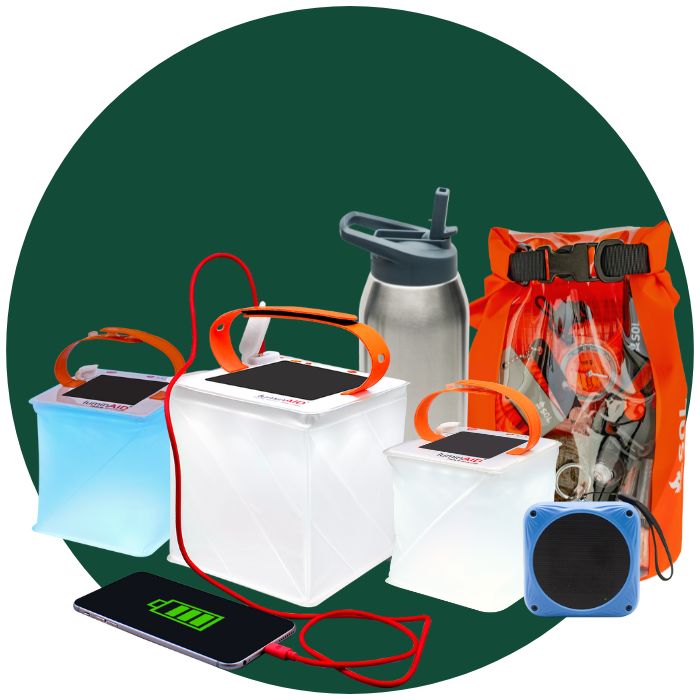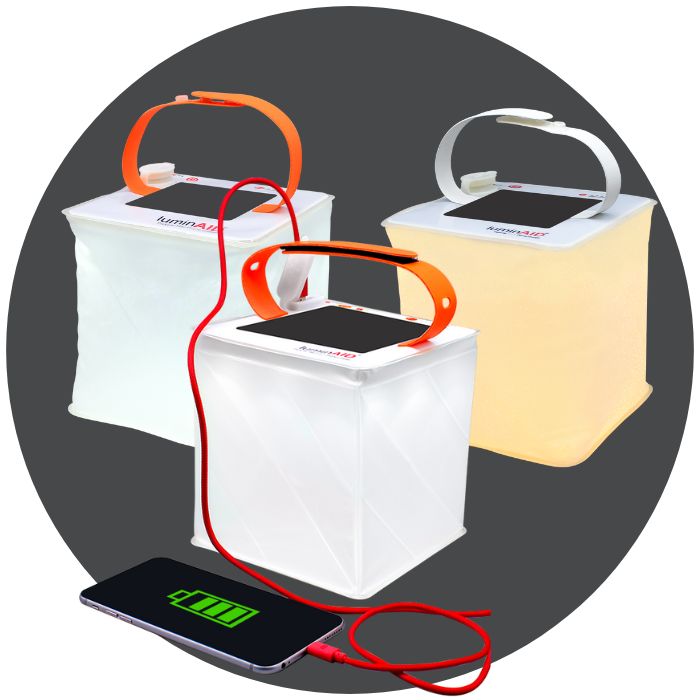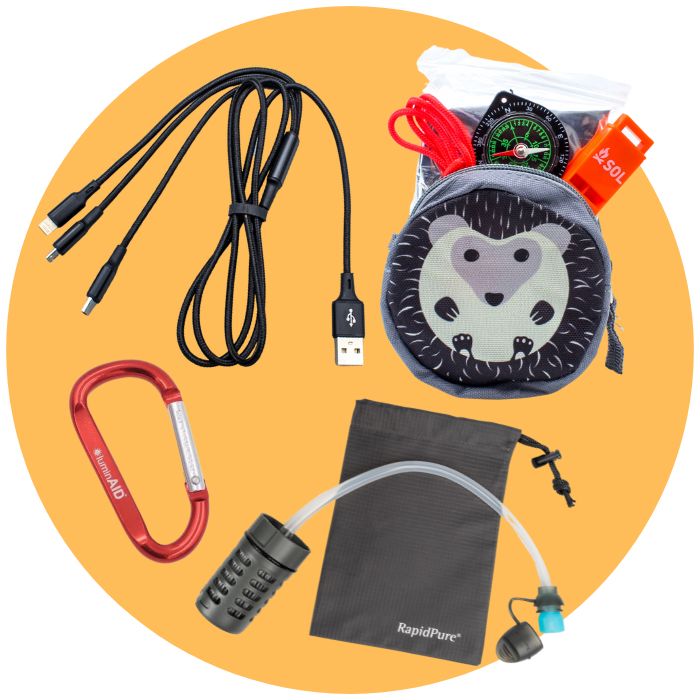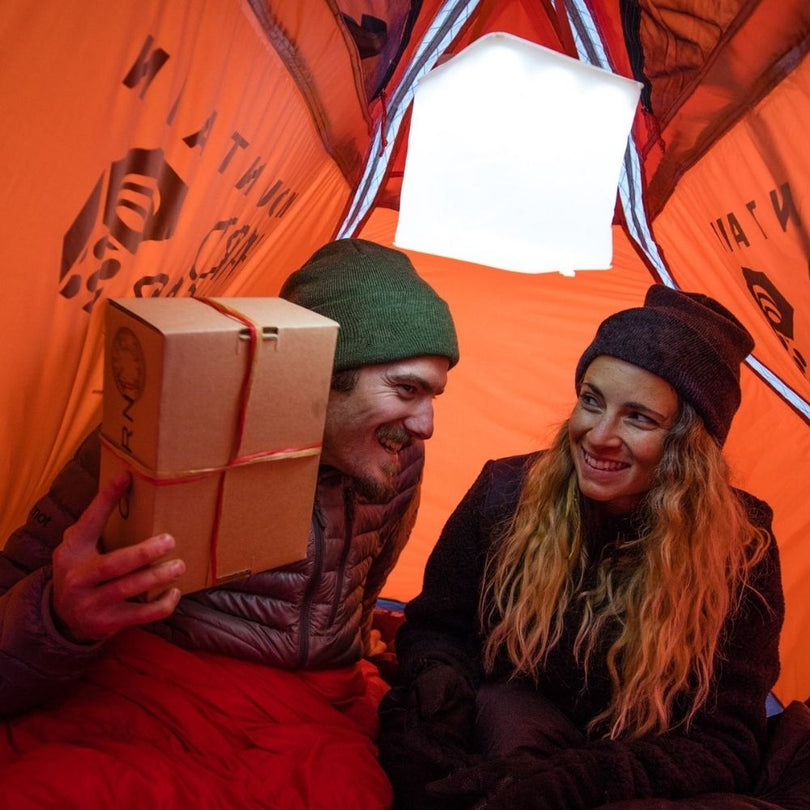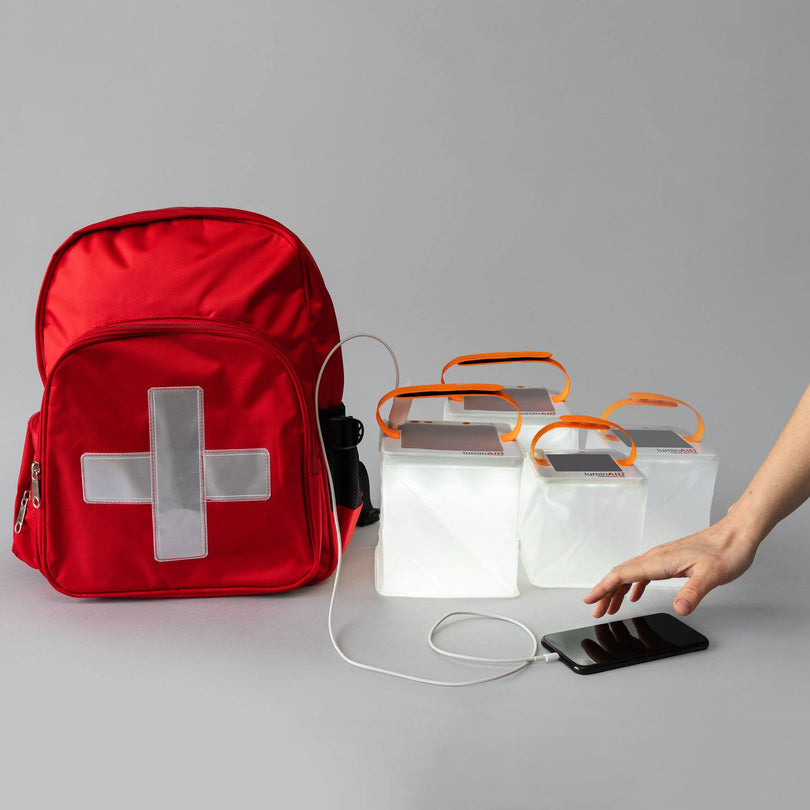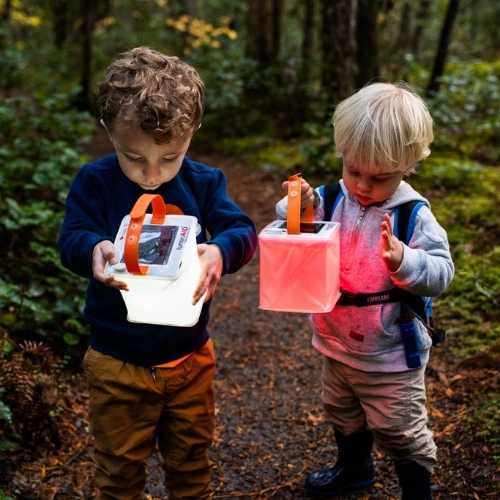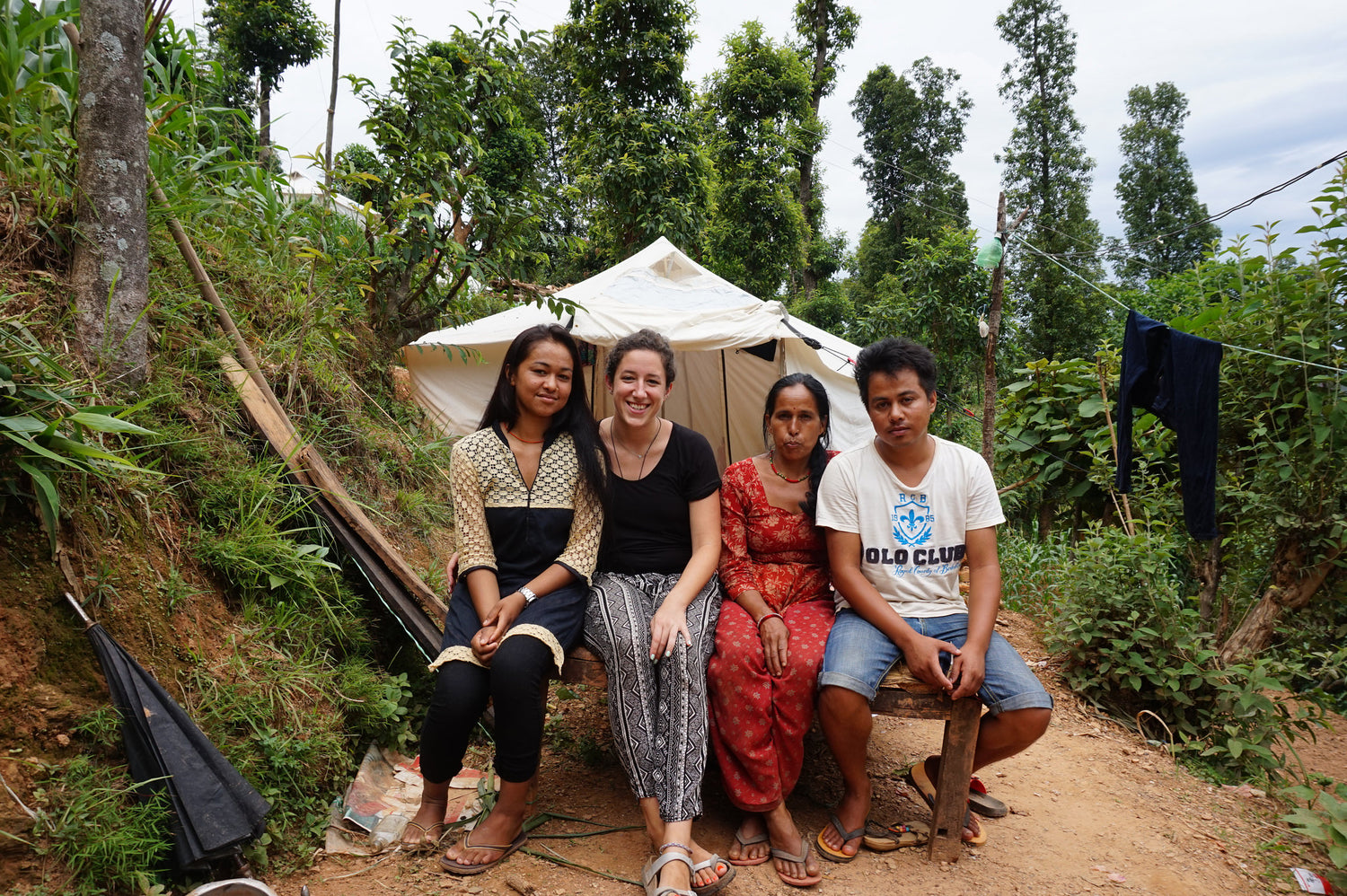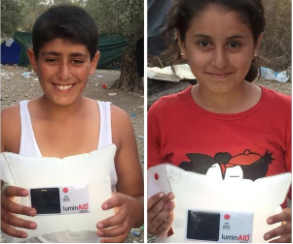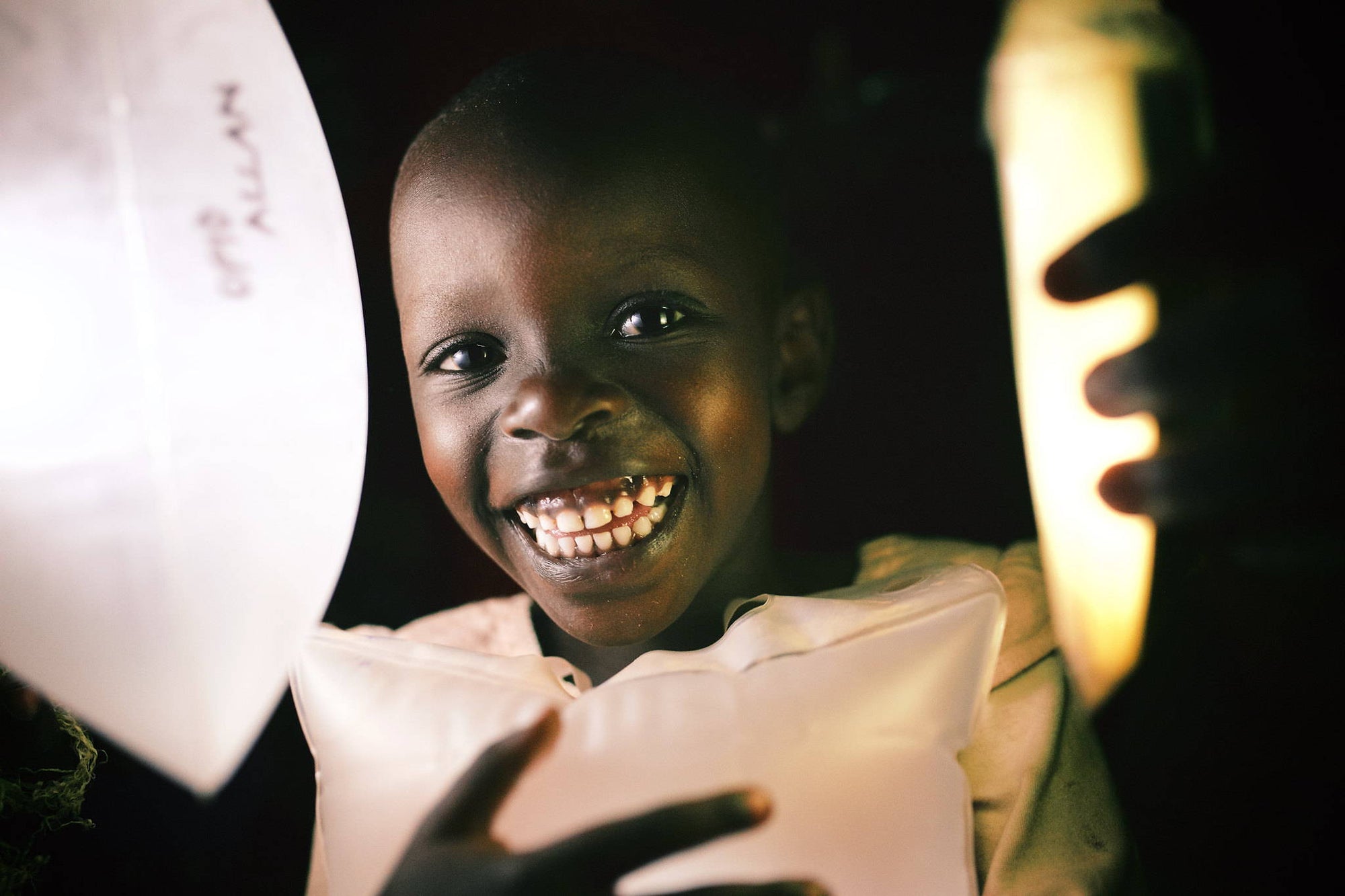The latest installment in our Notes From the Field series comes from Hannah Marqusee, who has been serving as a Peace Corps Health Volunteer since 2013 in Nepal. Hannah recently coordinated the distribution of LuminAID lights donated through LuminAID's Give Light program to families in need following the Nepal earthquakes earlier this year. Hannah shares her story below:
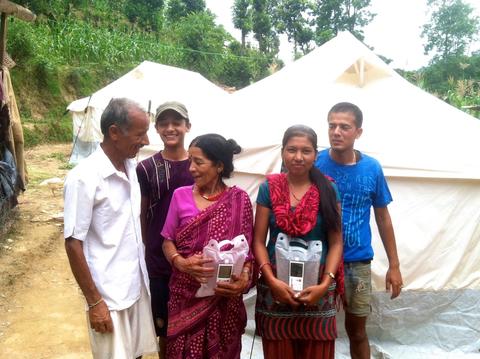
Nepal Earthquake Destruction
The devastation in Sindhupalchok is personal for me. Sindhupalchok, a rural mountainous district a few hours northeast from Kathmandu was by far the worst hit by the Nepal earthquake. In that district alone, over 3,000 people died, and 40% of people’s homes were damaged or destroyed.
Some 45 Peace Corps Volunteers and I spent our first three months in Nepal living in various villages scattered around Chautara, the district capitol, learning to speak Nepali and training to be Volunteers.
A few hours after the initial earthquake hit on April 25th, I called Sanchita, my 16 year old host sister from Sindhupalchok. I had been in Kathmandu when the earthquake hit, and while the tremors were terrifying, the damage was minor in the newer parts of the city. News had not yet arrived from the rural areas, so I was shocked when she told me, “We escaped with just our lives. The house is gone. The livestock are gone. We’re standing in the fields. There is nothing left.”
It wasn’t until two months later that I was able to return to her village with a group of Peace Corps Volunteers to visit and deliver some money and supplies we had gathered. While life in the Kathmandu valley had basically returned to normal, the closer we drove to the hills of Sindhupalchok, the greater the destruction. Chautara, formally a small bustling bazaar, is now a ghost town.
Relief Efforts and LuminAID’s Impact
The Red Cross and other NGOs provided large, waterproof tents as well as some food and medical aid to the village. But for the most part, people had to be resourceful and self-sufficient. My host family managed to salvage enough raw materials from their house to fashion a rough shack out of which they now cook and store their few belongings.
Even before the earthquake, light was a precious commodity in Nepal. My former village, once on the grid, is not totally dependent on candles or solar after dark. It was a great relief that several Peace Corps volunteers and I were able to distribute 20 donated LuminAID lanterns to our former host families.
Post Quake Hope

(Hannah with her host family)
Sanchita, who is in 11th grade, has recently been able to continue her studies after a two month gap. Her school, destroyed in the earthquake, now holds classes in a tent. She goes to class each morning, then returns in the afternoon to cook for the family, help her mother in the fields, and care for the surviving water buffalo. Solar lights are a huge help to her in the little free time she has to study. She wants to go to college, get a good job, and together with her brothers save up enough money to rebuild the house. Despite it all, she still dreams big!
This distribution of lights was made possible through LuminAID's Give Light Program. You can read more stories of light distribution in our Notes from the Field series.
About Hannah:

Hannah Marqusee has been serving in Surkhet, Nepal as a Health Volunteer in the Peace Corps since 2013. Her projects include reproductive health education, youth empowerment, and improved cookstoves. Prior to the Peace Corps, she worked at the USAID Bureau for Global Health and the Woodrow Wilson Center. She has a Bachelor of Arts Degree in East Asian Studies from Wesleyan University. Follow her blog to learn more.
If you want to learn more about the Peace Corps global outreach, click here.

